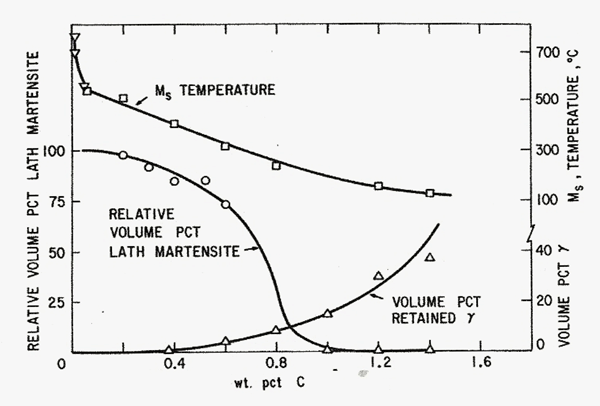memorael
Senior Member
- Joined
- Mar 5, 2011
- Messages
- 497
- Reaction score
- 76
Yeah I agree on that, vanadium carbides as I understand are harder than most abrasives so unless you want a hole in your knife (a tiny one) diamonds and CBN are the way to go. I think the sigma power stones can abrade them but I can't confirm.Well in the case of the steels I just mentioned, I would go with resin bonded diamond (I can't afford vitrified diamond). If not then SiC at the very least. I haven't tried cbn either.
My point was more along the lines that if you have a high hardness, high vanadium carbide steel. You are likely going to want to go with diamond stones if you want a clean apex. (Excluding CBN)






